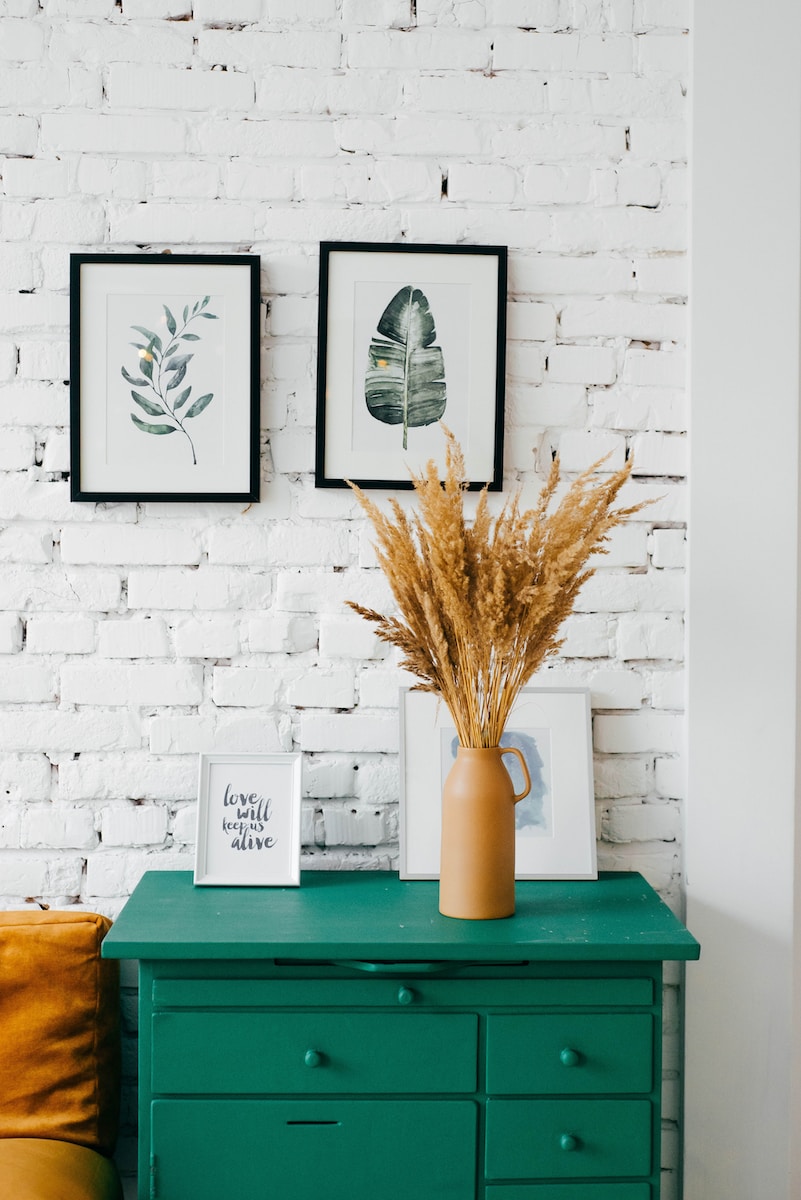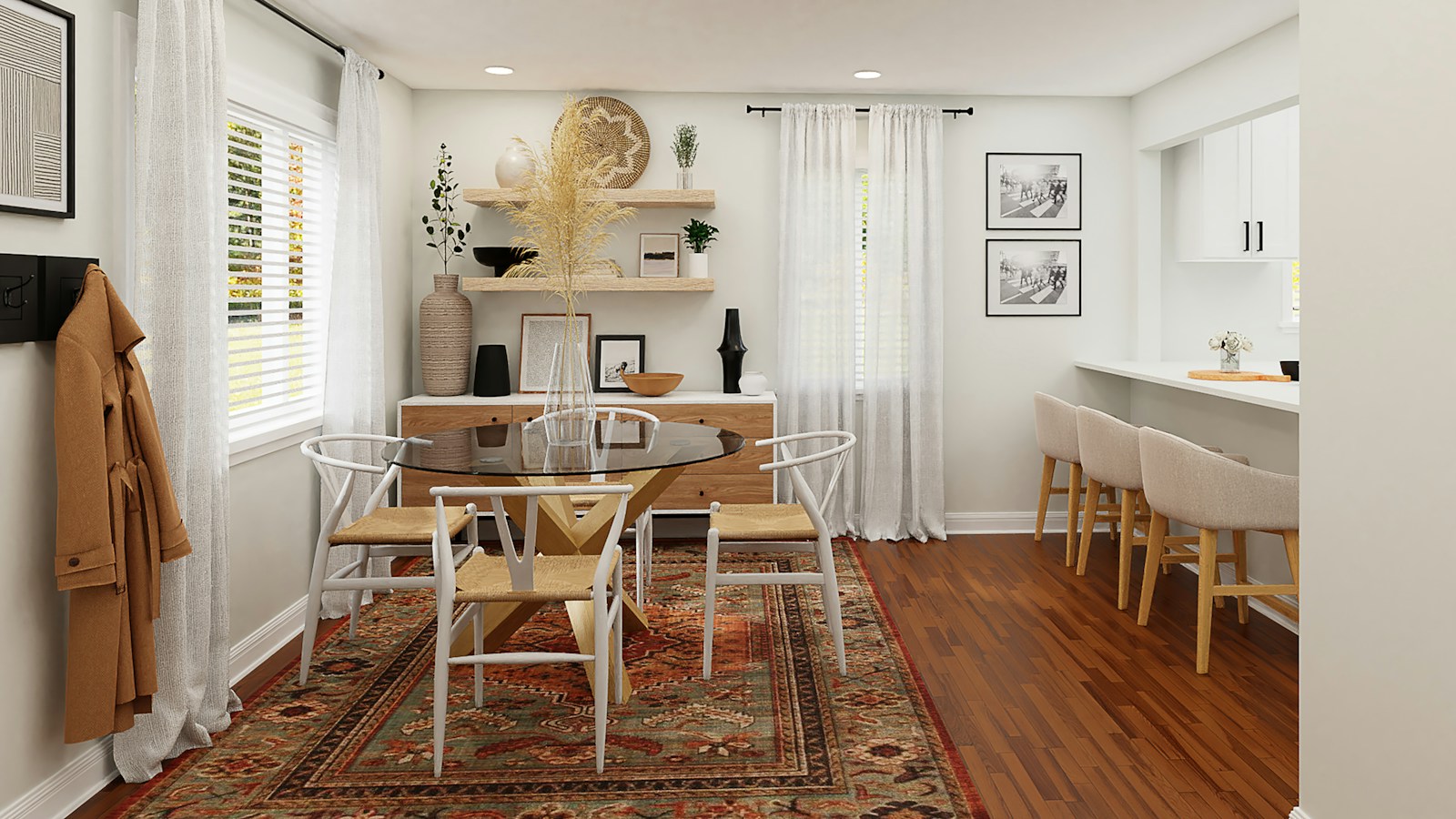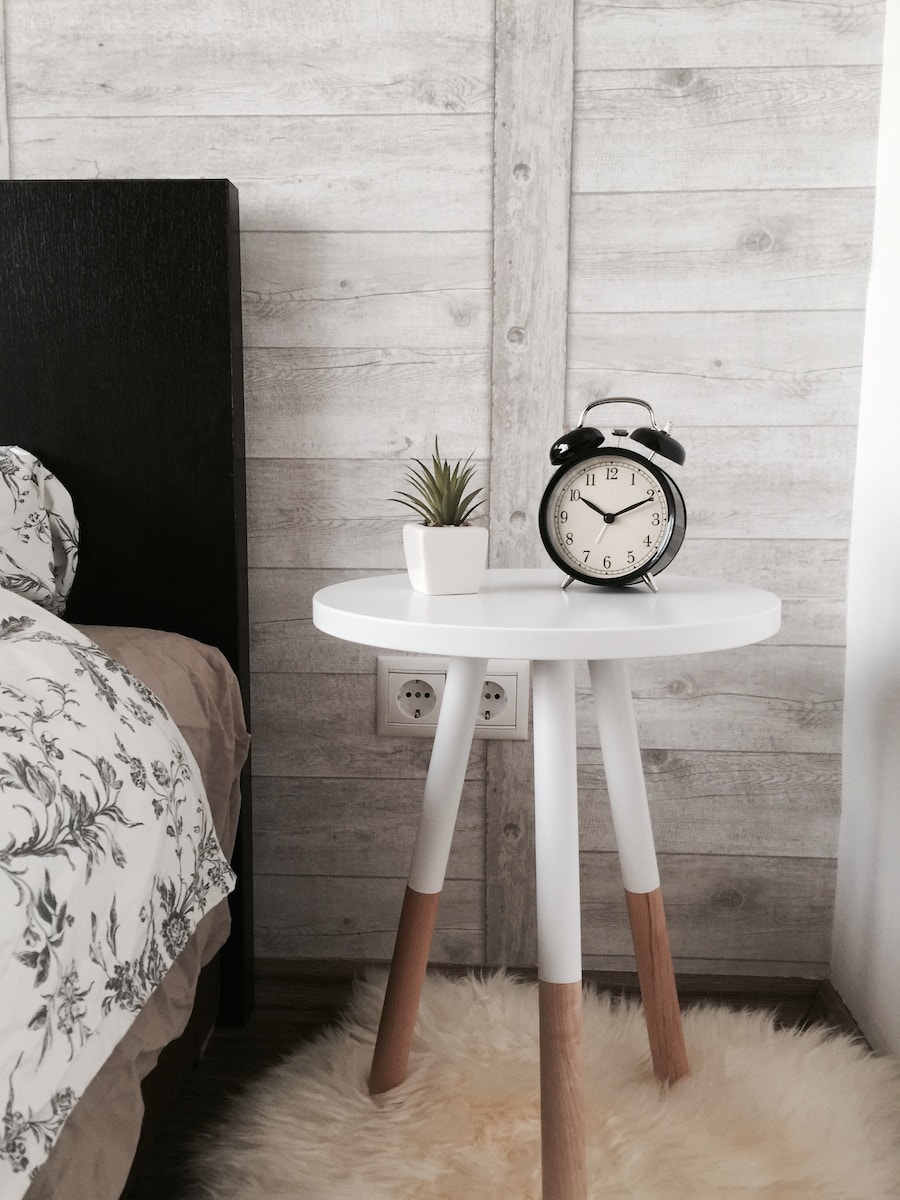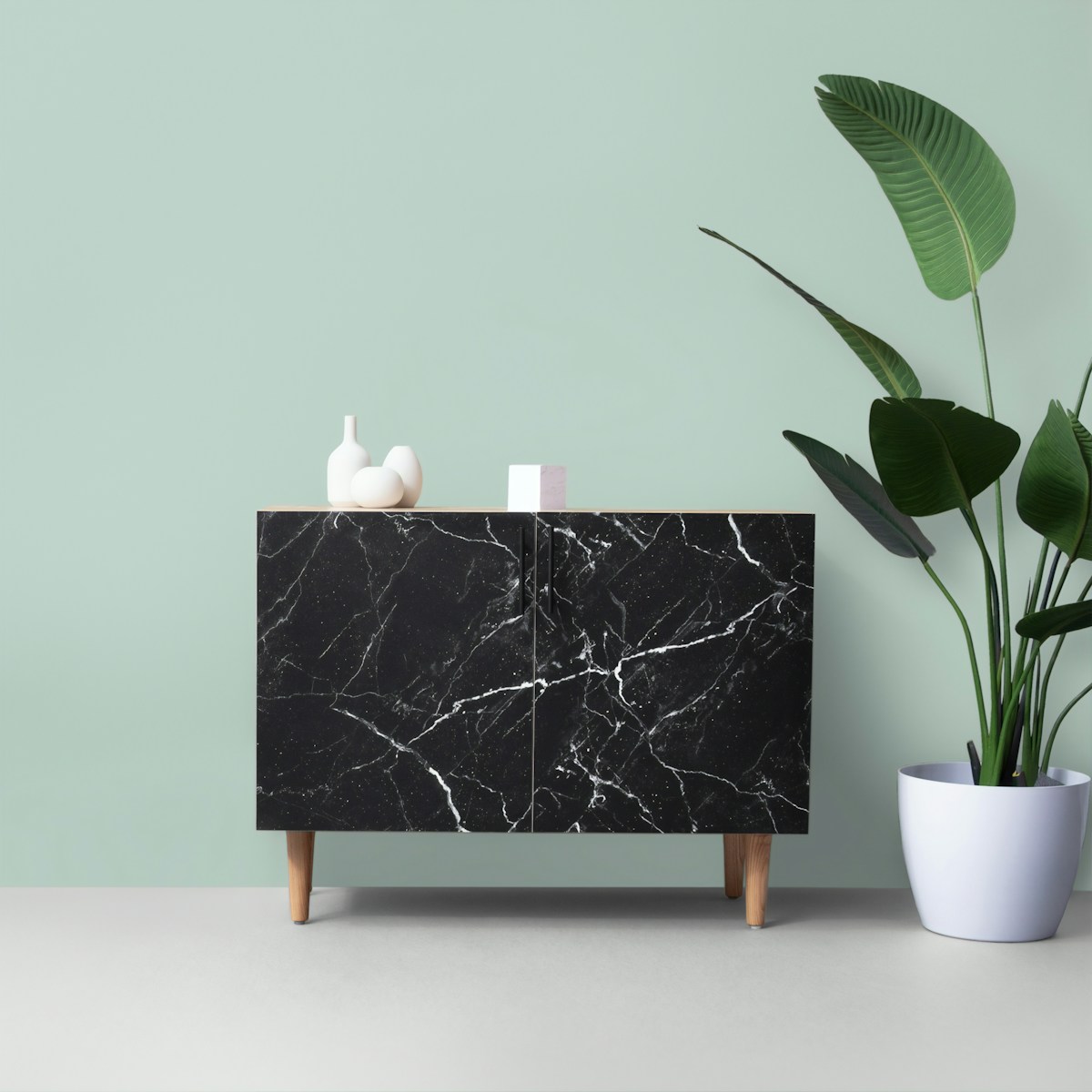Container chic, design synergy, stylish functionality, aesthetic harmony, smart spatial solutions, trendsetting interiors, and dynamic container living are some of the buzzwords that are often associated with container homes. Container homes are gaining popularity as sustainable, affordable, and unique housing solutions. While the exterior of container homes may appear industrial and uninspiring, the interior design can be transformed into a stylish and functional living space with a little creativity and planning. In this article, we will explore the principles of effective container home interior design.
Introduction
Container homes are a new trend in the housing industry. They offer a unique way of living, working, and playing in a compact, eco-friendly space. Container homes are made from shipping containers, which are built to withstand harsh weather conditions and heavy loads. They are durable, portable, and cost-effective, making them an excellent alternative to traditional homes.
Container homes have a lot of advantages. They are energy-efficient, low-maintenance, and can be customized to meet your specific needs. However, designing the interior of a container home can be challenging. The limited space, odd shape, and industrial appearance of shipping containers can make it difficult to create a comfortable and stylish living space. In the following sections, we will share some principles of effective container home interior design that will help you overcome these challenges.

Design Synergy: Fusion of Form and Function
The first principle of effective container home interior design is the fusion of form and function. The design of a container home should be both aesthetically pleasing and functional. The space should be able to accommodate all the activities that you plan to do in it. For example, if you plan to use your container home as a home office, you should design it with a functional workspace and adequate storage. If you plan to use it as a living space, you should design it with comfortable seating, a functional kitchen, and a relaxing bedroom.
One of the best ways to achieve design synergy is to use multifunctional furniture. Multifunctional furniture is designed to serve more than one purpose. For example, a sofa bed can be used as a couch during the day and a bed at night. A coffee table with storage can store books, magazines, and other items. By using multifunctional furniture, you can save space and create a functional and stylish living space.
Stylish Functionality: Where Beauty Meets Purpose
The second principle of effective container home interior design is stylish functionality. Stylish functionality is the art of combining beauty and purpose. The interior of a container home should be aesthetically pleasing and functional at the same time. The space should be designed with a balance of form and function.
To achieve stylish functionality, you should pay attention to the details. Use colors, textures, and patterns that complement each other. Choose furniture and accessories that are both stylish and functional. For example, you can choose a statement piece of art serving as a room divider. You can also use decorative storage boxes to store your belongings.
Aesthetic Harmony: Creating Visual Excitement
The third principle of effective container home interior design is aesthetic harmony. Aesthetic harmony is the art of creating visual excitement. The interior of a container home should be visually appealing and interesting. The space should be designed to create a sense of harmony and balance.
To achieve aesthetic harmony, you should pay attention to the color scheme, lighting, and accessories. Use colors that are complementary and create a sense of harmony. Use lighting to create different moods and highlight the architectural features of the space. Choose accessories that add visual interest, such as wall art, decorative pillows, and rugs.
Smart Spatial Solutions: Exciting Design Innovations
The fourth principle of effective container home interior design is smart spatial solutions. Smart spatial solutions are design innovations that maximize the use of space. The interior of a container home should be designed to make the most of the limited space available.
One of the best ways to achieve smart spatial solutions is to use built-in furniture. Built-in furniture is designed to fit into the space and maximize the use of space. For example, you can use built-in shelves to store your books and other items. You can also use built-in seating to save space and create a functional living area.
Trendsetting Interiors: Staying Ahead in Container Design
The fifth principle of effective container home interior design is trendsetting interiors. Trendsetting interiors are designs that are ahead of the curve. The interior of a container home should be designed to reflect the latest trends in interior design.
To achieve trendsetting interiors, you should stay up-to-date on the latest trends in interior design. Follow design blogs and magazines to stay informed about the latest trends. Use social media to connect with other container homeowners and designers. Attend design exhibitions and trade shows to see the latest products and designs.
Conclusion
Container homes are a unique and sustainable housing solution that offers many benefits. The interior of a container home can be transformed into a stylish and functional living space with a little creativity and planning. By following the principles of effective container home interior design, you can create a comfortable and stylish living space that meets your specific needs. Whether you use your container home as a home office, a guesthouse, or a primary residence, the principles of effective container home interior design can help you achieve a space that is both functional and beautiful.





















Find Us on Socials